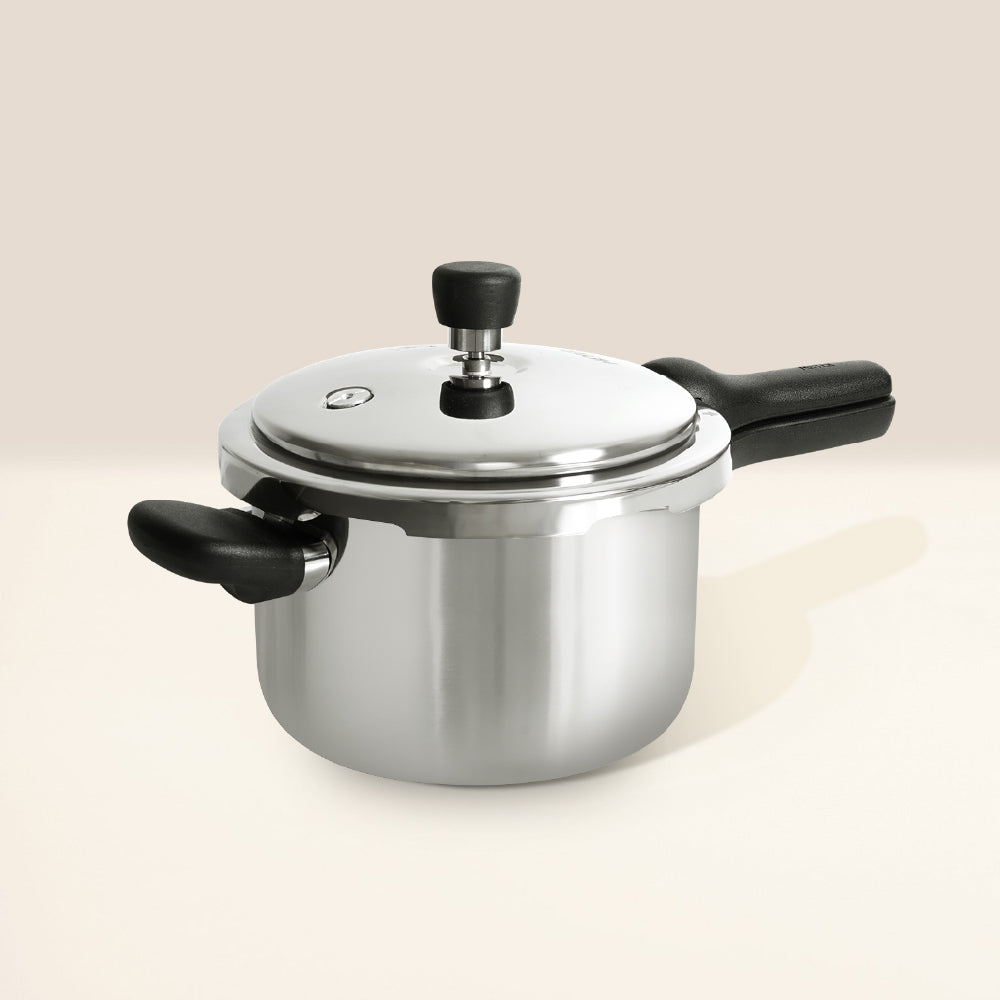Caramelized Bread Swirl: Where Crunch Meets Caramel
Caramelized bread swirl is a delightful fusion of soft bread layered with rich, golden caramel and rolled into beautiful spirals. This treat is not only eye-catching but also incredibly indulgent, offering the perfect balance of fluffy texture and sweet, buttery flavor. Whether enjoyed as a tea-time snack, a festive dessert, or a homemade gift, these swirls bring warmth and sweetness to every bite. Simple yet elegant, caramelized bread swirls are proof that everyday ingredients can be turned into something truly special.
Table of Contents
What is Caramelized Bread Swirl?
Caramelized bread swirl is a sweet baked (or pan-cooked) dish made by rolling slices of bread with a rich caramel or sugar-butter mixture into spiral shapes. When cooked, the sugar melts and caramelizes, coating the bread with a glossy, golden-brown layer. The result is a soft, slightly crispy swirl with a sweet, buttery caramel flavor.
It’s often served as a quick dessert, tea-time snack, or festive treat, since it uses simple ingredients like bread, sugar, butter, and sometimes nuts or cinnamon for extra flavor.
Main Ingredient of Caramelized Bread Swirl:
Bread corners-4 to 5
Sugar- 1cup
Water- 1tbsp
Toothpicks- to hold the swirls
Nutella- for garnish
What Is So Special About Caramelized Bread Swirl?
The beauty of this recipe is how it turns something as simple as bread corners into a gourmet delight. Instead of discarding the crusts, they are toasted till perfectly crisp, dipped in rich caramel, and topped with Nutella for a luxurious finish. It’s a zero-waste, budget-friendly dessert that looks stunning and tastes indulgent—proving that even the simplest ingredients can create something extraordinary.
Meyer Accent Series Hard Anodized Nonstick Frying Pan
Quick and Easy Caramelized Bread Swirl:
Caramelized bread swirl doesn’t need any fancy dough or long baking time. All you need are bread corners, sugar, a little water, and Nutella. The bread is simply toasted, dipped in caramel, and topped—done in under 20 minutes! With minimal steps and everyday ingredients, this recipe is perfect for beginners or anyone craving a last-minute sweet treat.
How to make
Step 1: Prepare the Bread
Take the corners (crusts) or slices of bread and cut them into long strips.
Roll them gently into swirls and secure with a toothpick so they don’t open up while cooking.
Step 2: Toast the Bread
Heat a pan on medium flame.
Place the bread swirls and toast them until they turn crisp and golden on all sides.
Remove and set aside.
Step 3: Make the Caramel
In the same pan, add 1 cup sugar and 1tbsp of water
Let it heat without stirring too much until the sugar melts and turns into a golden-brown caramel.
Be careful not to burn it—keep the flame low to medium.
Step 4: Coat the Bread Swirls
Once the caramel is ready, dip the toasted bread swirls one by one into the hot caramel.
Make sure each swirl is well-coated.
Place them on a greased plate or butter paper to avoid sticking.
Step 5: Add the Finishing Touch
While still warm, top each swirl with a spoon of Nutella for a rich, chocolaty layer.
Garnish with chopped nuts (optional) for crunch.
Expert Tips
1. Use stale or day-old bread: Slightly dry bread toasts better and holds shape without breaking.
2. Keep the flame low while caramelizing: Caramel can burn very quickly; once it turns golden, switch off the flame immediately.
3. Work fast with caramel: Dip the bread swirls quickly before the caramel hardens. If it thickens, add 1–2 tsp of hot water to loosen it.
4. Grease your plate/butter paper: This prevents the caramel-coated swirls from sticking.
5. Nutella variation: If you don’t have Nutella, drizzle melted chocolate or caramel sauce instead.
6. Crispy or soft texture: For extra crispiness, toast the bread longer; for a softer bite, lightly toast.
7. Serve fresh: Best enjoyed the same day, as caramel can turn sticky if stored for long.
Recipe Card














Leave a comment